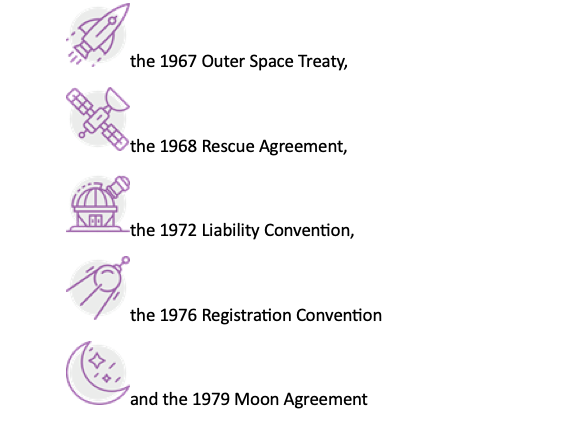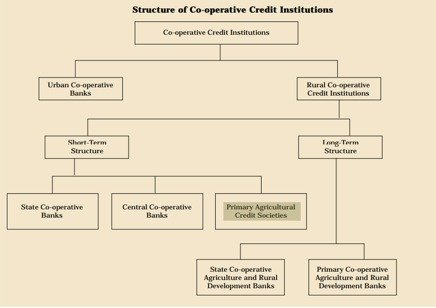World’s largest grain storage plan in the cooperative sector
Why in news?
Recently, Government of India came up with world’s largest grain storage plan in cooperative sector.
Need for such a plan
- India, the most populous country in the world, accounts for 18 per cent (1.4 billion) of the global population (7.9 billion). However, it accounts for only 11 per cent (160 million hectare) of the arable land (1,380 million hectare) in the world.
- India runs the world’s largest food programme under the National Food Security Act, 2013, that covers about 81 crore people. Therefore, to ensure food security of a billion plus population, a robust network of foodgrain storage facilities becomes essential.
- India has a storage capacity of 47 per cent of its total foodgrains production. At present, India has a foodgrain storage capacity of 145 million metric tonnes (MMT) against the total food production of 311 MMT—leaving a gap of 166 MMT. In the absence of sufficient storage facilities, foodgrains are sometimes stored in the open, which results in damage.
- At the regional level, only a few southern states have the storage capacity of 90 per cent and above. In northern states like Uttar Pradesh and Bihar, it is below 50 per cent.
- Against the total foodgrain production of 615 MMT, China has a storage capacity of 660 MMT. USA, Brazil, Russia, Argentina, Ukraine, France, and Canada are among other countries with the capacity to store more food grains than they produce.
- At present, multiple government agencies, like the Food Corporation of India (FCI), Central Warehouse Corporation, Warehouse Development Regulatory Authority, Railways, and the civil supply departments of states are involved in grain management. However, that has not yielded the desired results.
Under the new plan, the Ministry of Cooperation aims to set up a network of integrated grain storage facilities through Primary Agricultural Credit Societies (PACS) across the country.
Primary Agriculture Credit Societies
|
The scheme will be implemented by the convergence of 8 schemes –
- Agriculture Infrastructure Fund (AIF)
- Agricultural Marketing Infrastructure Scheme (AMI)
- Mission for Integrated Development of Horticulture (MIDH)
- Sub Mission on Agricultural Mechanisation (SMAM)
- Pradhan Mantri Formalisation of Micro Food Processing Enterprises Scheme (PMFME)
- Pradhan Mantri Kisan Sampada Yojana (PMKSY)
- Allocation of food grains under the National Food Security Act
- Procurement operations at Minimum Support Price
Potential Benefits of the Scheme
- it would reduce post-harvesting losses.
- it would bring down the foodgrain handling and transportation cost.
- farmers would have a choice to sell their produce depending on the market conditions, and not be forced into distress sale.
- PACS will be empowered to undertake various activities, including functioning as procurement centres for state agencies or the Food Corporation of India (FCI), serving as fair price shops, and setting up custom hiring centres and common processing units.
Recently government has taken five new decisions to increase the income of Primary Agricultural Credit Societies (PACS), as well as increase the employment opportunities in rural areas.
“Sahkar se Samriddhi’
Five Decisions
- PACS which are not functioning as fertilizer retailers will be identified and they will be encouraged to function as retailers on the basis of feasibility in a phased manner.
- PACS which are not currently functioning as Pradhan Mantri Kisan Samridhi Kendras (PMKSK) will be brought under the ambit of PMKSK. PMKSK will cater to a wide variety of needs of the farmers and provide agri-inputs, testing facilities for soil, seeds, and fertilisers.
- PACS will be connected with the marketing of organic fertilizers, especially Fermented Organic Manure (FoM) / Liquid Fermented Organic Manure (LFOM) / Phosphate Enriched Organic Manure (PROM).
- Under the Market Development Assistance (MDA) scheme of Department of Fertilizers, fertilizer companies will act as an aggregator for small bio-organic producers to market the end product, in this supply and marketing chain of bio-organic fertilizers PACS will also be included as wholesalers/retailers.
- PACS can also be employed as Drone entrepreneurs for spraying fertilizers and pesticides. Drones can also be used for survey of property.
Outer Space
Why in News
Recently, a debate arose due to USA’s Artemis Accord that put Out Space treaty into question.
About
Outer space, commonly referred to simply as space, is the expanse that exists beyond Earth and its atmosphere and between celestial bodies.
There are two basic types of space governance: Binding or normative instruments such as treaties, standards and national regulations, and non-binding agreements.
In 1958, the United Nations General Assembly established the Committee on the Peaceful Uses of Outer Space (UN COPUOS) to govern the exploration and use of space for the benefit of all humanity and to pursue international cooperation in the peaceful uses of outer space. Since that time, the UN COPUOS has been supported in its work by the United Nations Office for Outer Space Affairs (UNOOSA). That work has led to the creation of five international space treaties:

- The Outer Space Treaty 1967: Treaty on Principles Governing the Activities of States in the Exploration and Use of Outer Space, including the Moon and Other Celestial Bodies.
- Rescue Agreement 1968: Agreement on the Rescue of Astronauts, the Return of Astronauts and the Return of Objects Launched into Outer Space.
- Liability Convention 1972: Convention on International Liability for Damage Caused by Space Objects.
- The Registration Convention 1976: Convention on Registration of Objects Launched into Outer Space.
- The Moon Agreement 1979: Agreement Governing the Activities of States on the Moon and Other Celestial Bodies.
India is a signatory to all five of these treaties but has ratified only four. India did not ratify Moon agreement.
The United Nations (UN) has recently released a policy brief titled “For All Humanity — The Future of Outer Space Governance,” recommending the development of a new treaty to ensure peace, security, and the prevention of an arms race in outer space.
Need for New Treaty
- There has been an exponential increase in satellite launches over the past decade, driven by both government and private sector participation.
- Minerals on the Moon (has rich deposits of helium 3, which is rare on Earth), asteroids (abundant deposits of valuable metals, including platinum, nickel and cobalt) and planets can be attractive for countries.
- The current coordination of space traffic is fragmented, with different national and regional entities employing varying standards and practices.
- The proliferation of space debris is identified as a significant issue, with thousands of objects posing threats to operational spacecraft.
| What is space debris/junk?
Space junk, or space debris, is any piece of machinery or debris left by humans in space. It can refer to big objects such as dead satellites that have failed or been left in orbit at the end of their mission. It can also refer to smaller things, like bits of debris or paint flecks that have fallen off a rocket.
Kessler Syndrome Donald Kessler, in 1978, said that if there was too much space junk in orbit, it could result in a chain reaction where more and more objects collide and create new space junk in the process, to the point where Earth’s orbit became unusable.
|

